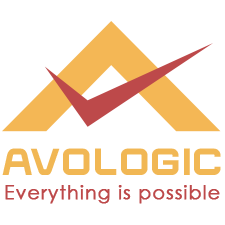C is a general-purpose programming language that was originally developed by Dennis Ritchie at Bell Labs in the early 1970s. It is a high-level language that is used to develop operating systems, embedded systems, and other software applications.
Some key features of C programming language are:
- C is a structured language with a clear syntax and a small set of keywords.
- C is a compiled language, which means that the source code is translated into machine code by a compiler before execution.
- C is a powerful language that provides low-level access to memory and hardware, making it suitable for developing operating systems and other system-level software.
- C is a portable language that can be compiled and run on different platforms, including Windows, Linux, and macOS.
- C is a popular language for developing software applications and games, as it provides developers with the ability to write efficient, low-level code.
Some common applications of C include:
- Operating systems, including Windows, Linux, and macOS.
- Embedded systems, such as microcontrollers and other low-level hardware devices.
- System-level software, such as device drivers and network protocols.
- Applications that require high-performance computing, such as scientific simulations and 3D graphics.
To write C programs, you need a text editor to create the source code and a C compiler to translate the code into machine code. There are many free and open-source compilers available, such as GCC (GNU Compiler Collection) and Clang.
Page Copyright
© Copyright @Avologic 2016 - 2023 All Rights Reserved.
